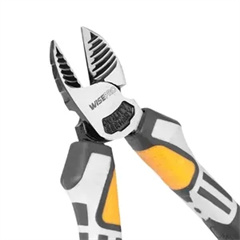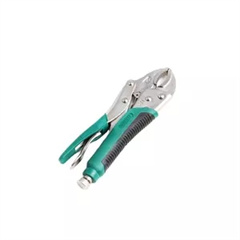The shovel is a simple yet essential tool that has undergone significant evolution over time. Its development can be traced through various stages, from early rudimentary forms to the more specialized and advanced designs used today. Here’s an overview of the evolution of the shovel:
- Early Tools and Implements: Before the invention of metalworking, early humans likely used tools made from wood, bone, and stone to dig and move earth. These tools were likely very basic, with a digging or scooping edge attached to a handle.
- Emergence of Metal Tools: With the advent of metalworking, shovels began to take on more durable and efficient forms. Early metal shovels were likely made from bronze and featured flat, spade-like blades attached to wooden handles. These tools were primarily used for farming, gardening, and construction.
- Industrial Revolution: The Industrial Revolution brought about significant advancements in manufacturing techniques and materials. During this period, shovels became more standardized and mass-produced. Steel became the primary material for shovel blades, making them stronger and more durable.
- Specialization and Design Variations: As different industries developed, shovels started to evolve based on specific needs. There are now various types of shovels designed for different tasks, such as:
- Garden Shovels: These are smaller, lightweight shovels designed for tasks like planting, transplanting, and general gardening.
- Snow Shovels: These shovels often have wider blades with curved edges to efficiently move snow. They are designed to reduce strain on the user’s back while shoveling snow.
- Coal Shovels: Used in industries like mining and railroads, coal shovels typically have a wide, flat blade and a robust construction to handle heavy materials.
- Trenching Shovels: These shovels have a sharp, narrow blade designed for digging trenches and ditches.
- Scoop Shovels: Featuring a curved blade, these shovels are designed for moving loose materials like gravel, sand, and grain.
- Flat Shovels: Also known as spades, these shovels have a flat, squared-off blade ideal for cutting through soil and sod.
- Round-Point Shovels: These shovels have a rounded point and are versatile for various digging tasks.
- Ergonomics and Handle Materials: Modern shovels often incorporate ergonomic designs to reduce strain on the user’s body. Handles are now made from materials like fiberglass, wood, and reinforced plastics, providing better grip and shock absorption.
- Mechanization and Power Tools: In industrial and construction settings, heavy machinery and power tools like backhoes, excavators, and bulldozers have largely replaced manual shoveling for large-scale digging and earthmoving tasks. However, handheld shovels are still widely used for smaller-scale projects and in situations where precision and control are important.
- Innovations in Materials and Design: In recent years, there has been a focus on developing shovels with lightweight yet durable materials, such as carbon fiber-reinforced composites. These innovations aim to improve efficiency and reduce fatigue for users.
In summary, the evolution of the shovel highlights the progression from basic wooden and stone tools to specialized, ergonomic, and technologically advanced designs that cater to specific tasks and industries. While modern machinery has taken over many heavy-duty applications, the humble shovel remains an indispensable tool in various manual labor and gardening activities.
































